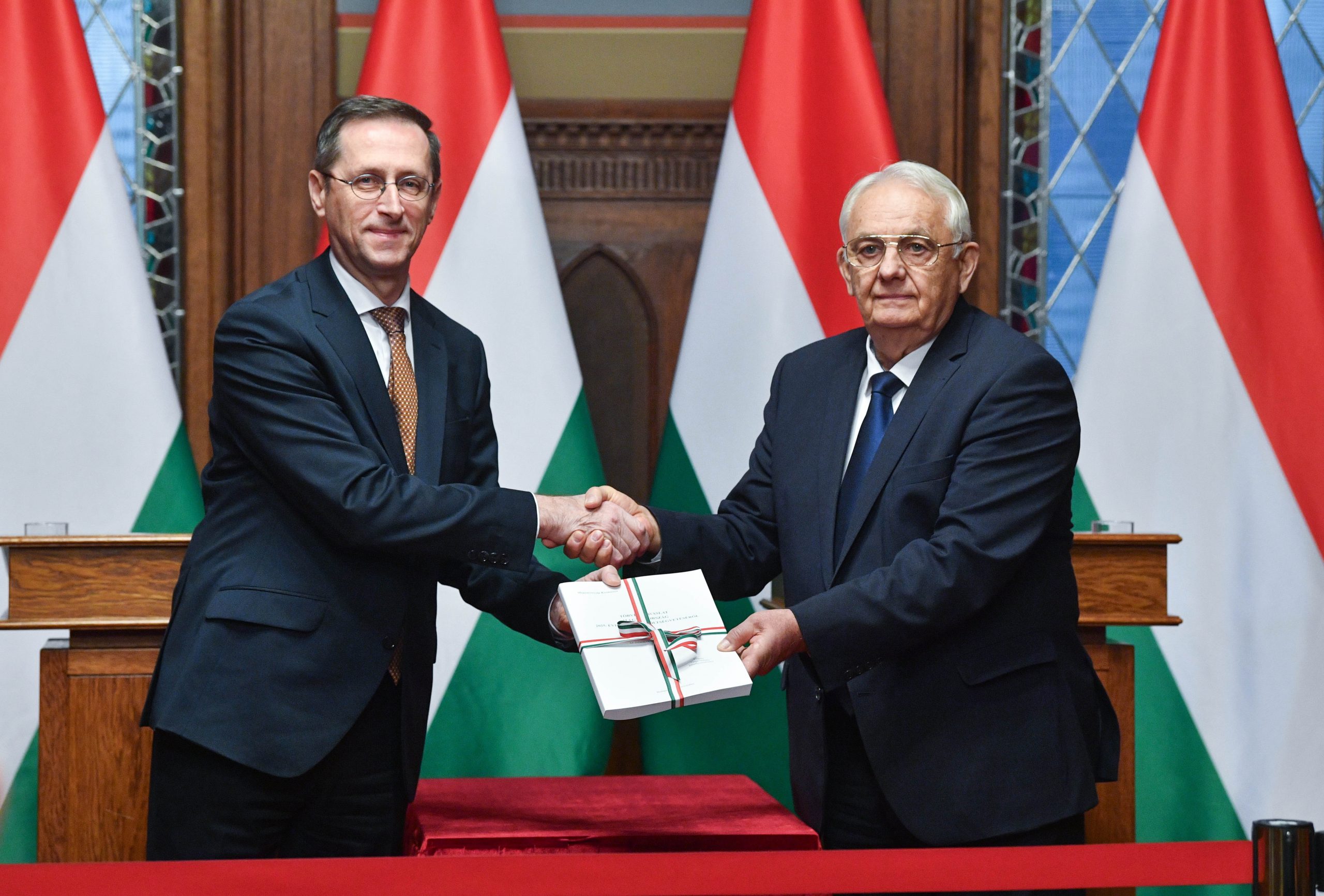
The Hungarian economy is expected to be among the best performers in the EU in 2025.Continue reading

Finance Minister Mihály Varga gave an interview to Kossuth Radio on Sunday, presenting the state’s 2025 budget. He said that next year’s budget will be based on three main pillars: increasing the purchasing power of incomes, ensuring affordable housing, and the soon-to-be-launched program to help small and medium-sized enterprises.
Next year’s budget lays the foundations for a multi-year wage agreement based on growth, allowing the minimum wage of HUF 400,000 (EUR 980) and the average wage of HUF 1 million (EUR 2,440) to be reached in a predictable way, the Finance Minister Varga stressed. He said that economic growth of 3.4 percent is expected, that will allow wages to increase in real terms in 2025, contributing to a higher minimum wage and a higher average wage.
Regarding housing, he said that since the wealth of Hungarian families lies mostly in real estate, there will be home renovation programs that can increase the value of property. Here, young people will be given special consideration: tax relief will be given to employers who contribute to the rent of their employees.
Mihály Varga said that
the biggest innovation will be the capital injection through the budget, which means giving capital to small and medium-sized enterprises so that they can take out loans, enter new markets, invest, and grow.
“2025 will be the year of strengthening small businesses,” he stressed.
Varga said that after this year’s budget deficit of 4.5 percent, the aim is to achieve a deficit of 3.7 percent in 2025, and 2.9 percent in 2026, and to achieve it while also supporting investment. He said that
next year, the government aims to support and complete investments worth HUF 770 billion (EUR 1.9 billion) that have already been started.
As examples, he mentioned the complex development of the Diósgyőr castle (northeastern Hungary), the track renewal in the Záhony district (northeastern Hungary), and the renewal of the Szeged – Röszke railway line (southeastern Hungary).
In addition, HUF 480 billion (EUR 1.2 billion) worth of new investments will be launched, such as the construction of the new campus of Óbuda University, the creation of the national memorial site in Mohács, or the development of the municipal wastewater treatment plant in Karcag (central Hungary), he added.
As for inflation targets, he said that an average annual inflation rate of 3.2 percent is expected in 2025. The ministry hopes that within the framework of the new economic policy, interest rates on consumer and business loans can be reduced, “and this will inevitably help the economy to strengthen through higher borrowing, investment and consumption growth, and economic growth to be above three percent,” Varga explained.
Via MTI, Featured image: Pixabay